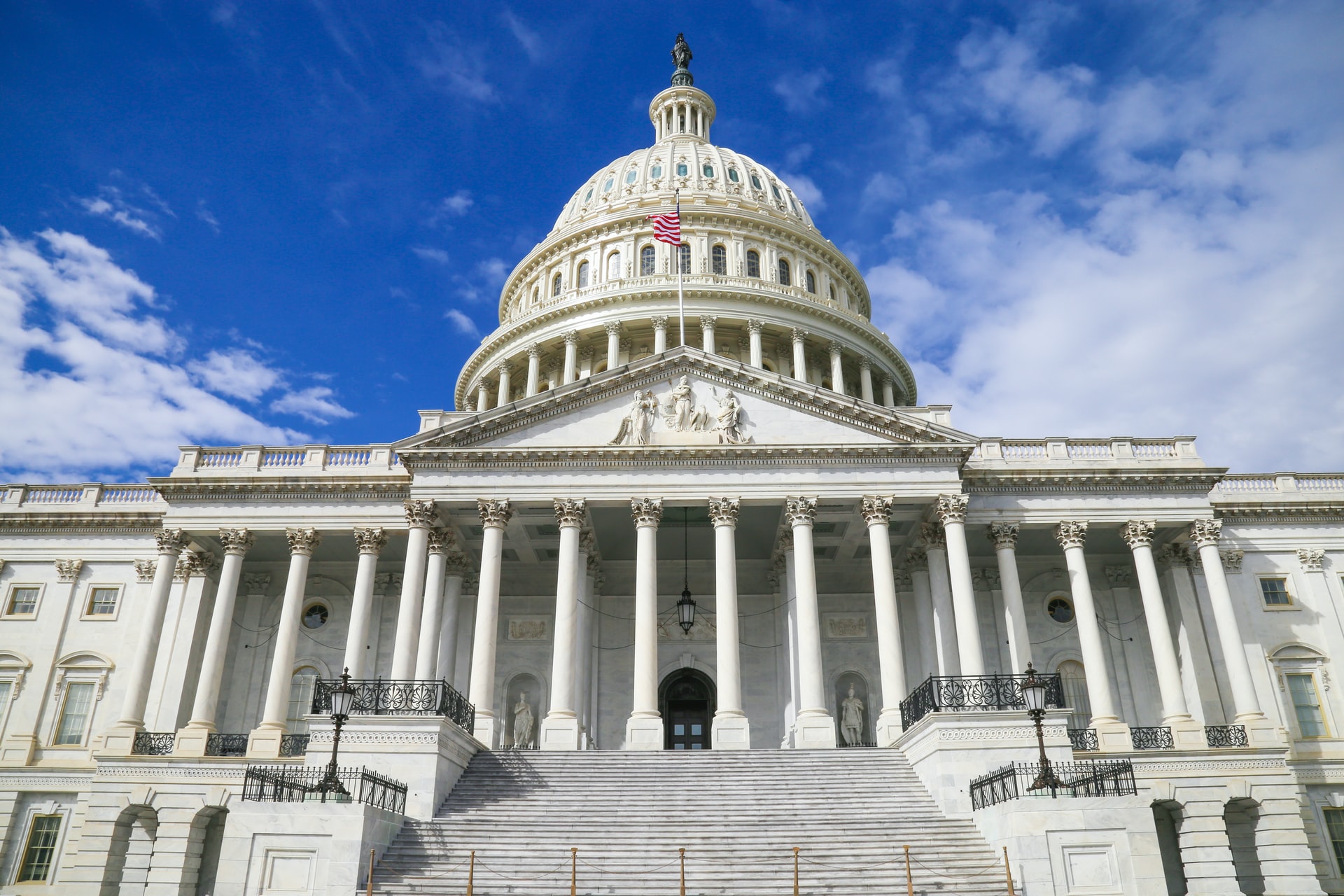The bipartisan infrastructure deal is working its way through Congress as infrastructure continues to need reinvestment and recent fires, floods, and storms have provoked a “Code Red” from the United Nations.
The recently approved $550 billion infrastructure deal covers many bases. And several of those are directly related to environmental, social, and governance (ESG) issues. As one of the largest public investments in U.S. history, the infrastructure plan will allocate funds for roads and bridges, safety and public transit, passenger and freight rail, electric vehicle infrastructure, electric buses, transport reconnecting communities, airports, ports and waterways, water infrastructure, and clean drinking water, environmental remediation, power infrastructure, internet, and offsets.
So, how can ESG investors benefit from these new initiatives?
I spoke with Matthew Bartolini, Head Of SPDR Americas Research At State Street Global Advisors, and he said that investors need to keep in mind that with additional fiscal measures (such as the $3.5 trillion budget plan recently approved by The Senate), what areas of the market could benefit from the new investments could change.
However, “Largely the big-picture stuff should still be there,” he added. Despite many geopolitical uncertainties, such as Afghanistan, “The infrastructure bill has had really good progress, but it’s not over the finish line yet. But that doesn’t mean you can’t start thinking about what are the big-picture areas that you can have some positioning towards. In our view, it’s pretty clear that there are specific industries that are likely to be some of the primary beneficiaries,” Bartolini said.
Those center around clean energy, intelligent infrastructure, and smart mobility, added Bartolini.
The $550 billion infrastructure deal includes a $73 billion investment into power infrastructure, which is the largest investment in clean energy transmission in American history. It includes building thousands of miles of new and resilient transmission lines to help the expansion of renewable energy.
“So, firms that are at the forefront of innovation in terms of clean energy would potentially benefit from this sizable amount of investment, because it really represents a systemic shift in the way we power,” said Bartolini.
For example, SPDR Kensho Clean Power ETF (CNRG) includes companies that may be beneficiaries of this kind of investment. The $347 million fund includes innovative firms involved in the solar, utility, generation, transmission and distribution of power.
The deal’s $55 billion investment in clean drinking water – the largest in American history – will focus on replacing lead pipes and service lines in rural towns and struggling cities. An additional $17 billion investment in port infrastructure and $25 billion in airports will help reduce backlogs, bring down congestion and emissions, and drive electrification and renewable energy use in those areas.
SPDR S&P Kensho Intelligent Structures ETF (SIMS) focuses on intelligent infrastructure. This includes smart building infrastructure, smart power grids, as well as intelligent transportation and water infrastructure.
While some of the funding might not go directly to specific companies, “It does show a strong direction of travel, because of the heightened emphasis on the sustainable measures of the infrastructure and a new way to travel,” said Bartolini. “Whether it includes a national network of EV chargers, or high-speed rail, or modernizing public transit – there’s an ecosystem here that’s supporting these initiatives and companies that are operating within those business units that are likely to benefit from government support.”
The third area is smart mobility. The modernization of public transportation that’s funded by the bill includes electric buses and other zero-emission vehicles, he noted.
SPDR S&P Kensho Smart Mobility (HAIL) invests in developed and emerging markets companies whose products and services focus on innovation in the transportation sector. These include autonomous and connected vehicle technologies, drones, as well as advanced transportation tracking and optimization systems.
“I think the infrastructure bill represents some form of a catalyst to think about how your portfolio is set up to position around some of the very clear and distinct measures of funding,” said Bartolini. “It’s something to be thinking of because it does represent a key change in the area of public investment.”





